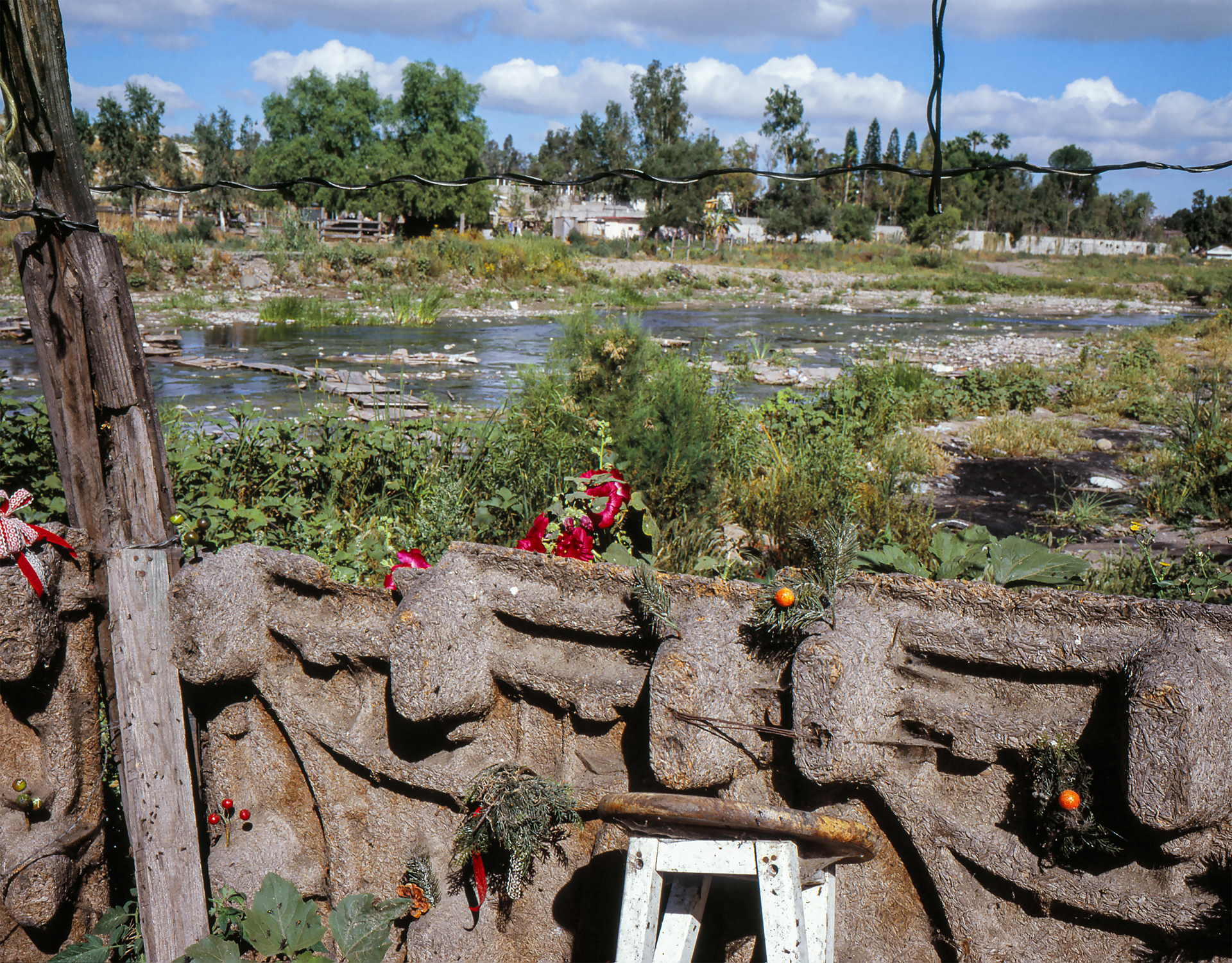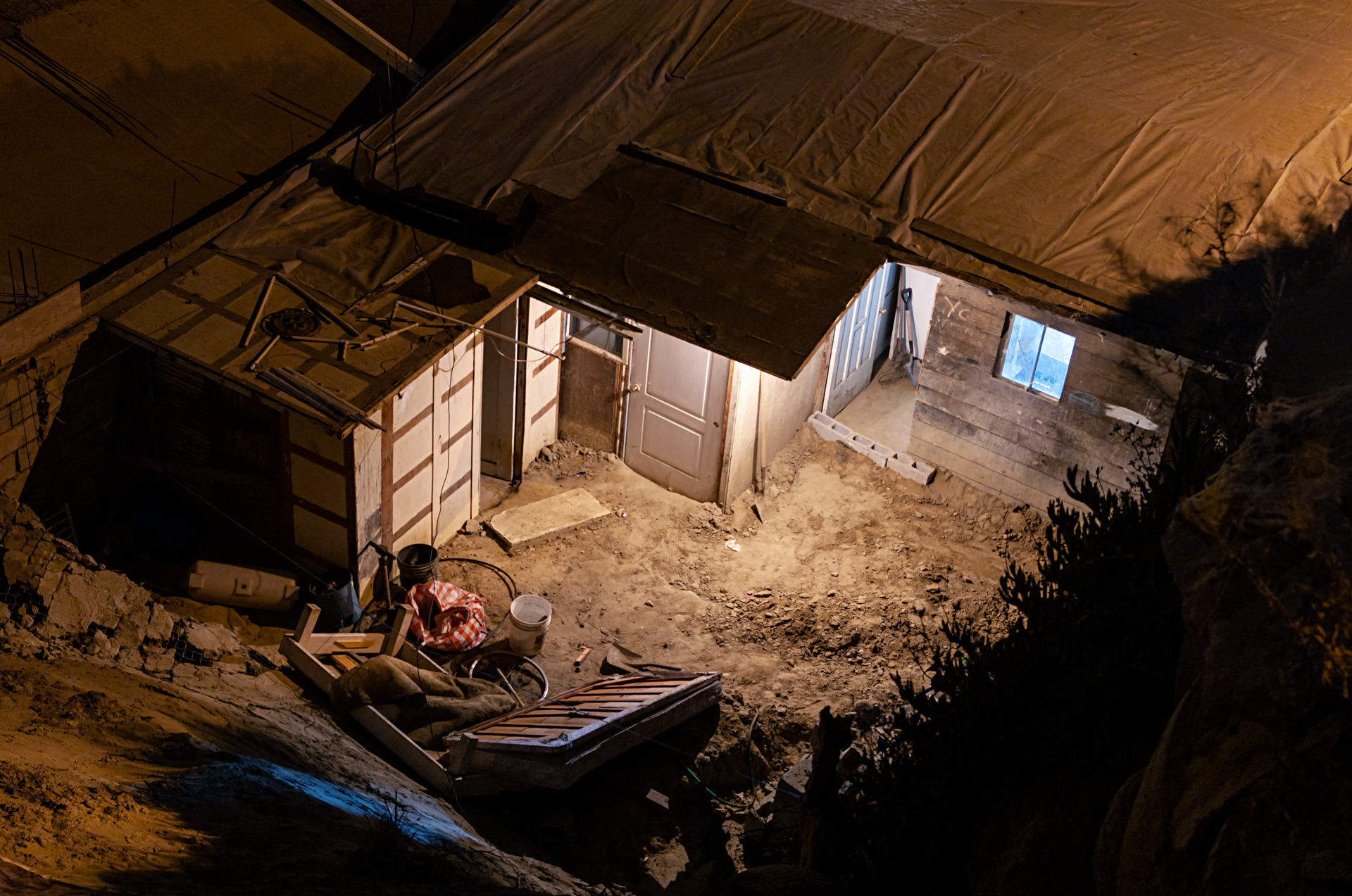Transición
(2009-2029)
Photography, Writing, Interviews.

In 2009, the residents of the autonomously constructed (informal settlement) Nueva Esperanza, the first place I photographed in Tijuana, successfully negotiated with the local government to relocate to a new plot of land. This agreement allowed them to formally acquire a space to build their homes and gain recognition as an official neighborhood. The process involved dismantling and relocating their homes to the new site, where they founded the Margarita Morán neighborhood, leaving behind more than three decades of history alongside the Tijuana River.
The transition from an informal settlement to a formally recognized neighborhood became the central focus of my project, which aims to document the transformation of this land through a visual narrative. Although the relocation was justified due to the flood risks, the new land presented equally significant challenges: difficult topography, lack of basic services, and infrastructure deficiencies. Rather than improving their living conditions, the relocation perpetuated the community’s precariousness.
Through a visual archive spanning 20 years (2009-2029), this project reflects critically on the political and economic dynamics that define the possibilities of inhabiting Tijuana, revealing how the formalization of a settlement does not always resolve its vulnerabilities but rather reproduces them.
Transición serves as a photographic device to explore the tensions between the government’s promises of progress and the everyday realities of displaced communities.
Now, 16 years after the project began, the Margarita Morán neighborhood remains unfinished: lacking paved streets, garbage collection systems, and facing major issues with transportation, drainage, and security. Despite this, the community persists. Through collective organization, they have slowly transformed the space that was sold to them under the promise of stability and progress. This project underscores the political dimensions of inhabiting, revealing how, in the face of economic scarcity and institutional abandonment, communities are able to collectively reconfigure their environment, challenging the power structures that define living conditions at the border.
Other Projects
Location
Tijuana, B.C.






















